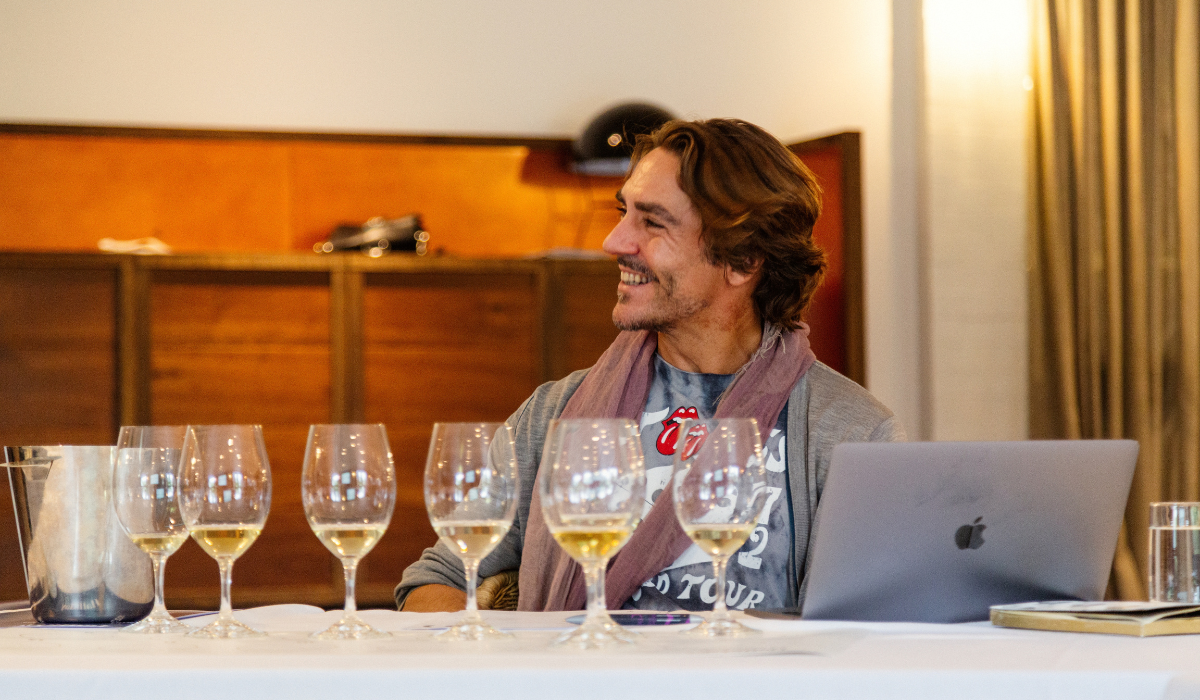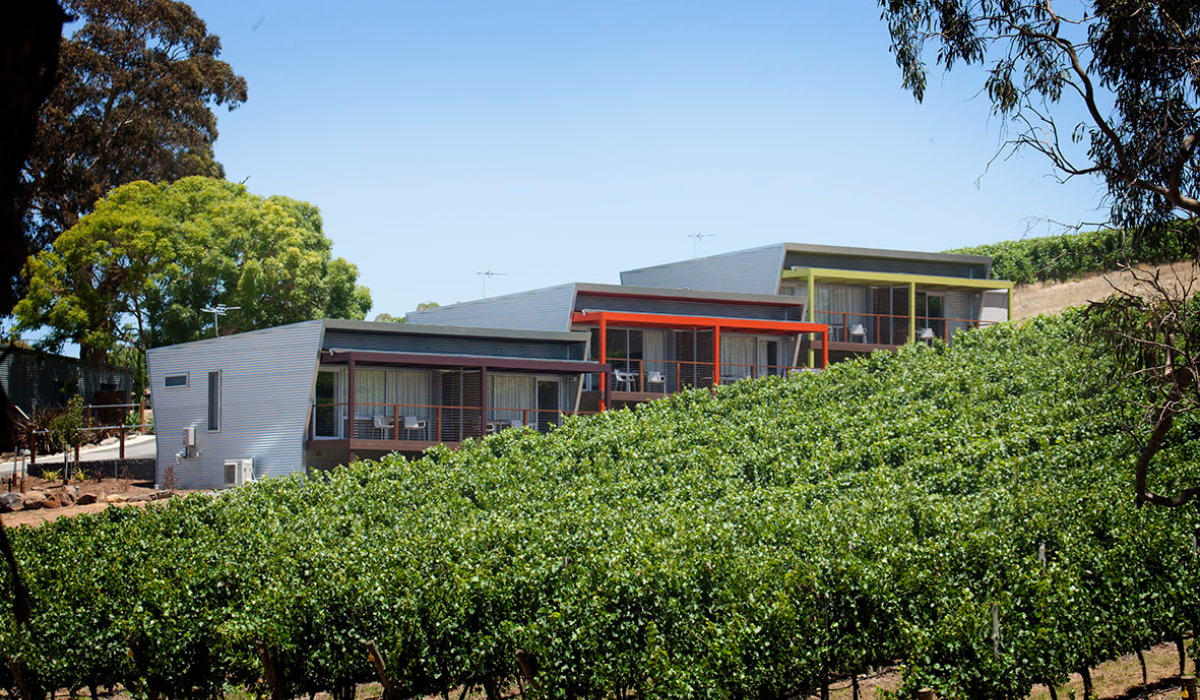I recently returned from the Adelaide Hills where I tasted close to 300 wines over two days; an integral cog in my annual tasting regime. While I made many discoveries, the greatest epiphany was that the regional hegemony of sauvignon blanc and pinot noir is not the firmament that we once believed it to be. Instead, there is plenty to be excited about farther afield.

As with many regions, the effects of climate change are irrefutable. Fires strafed the northern zone of the Adelaide Hills, centered on Lobethal, in the summer of 2019–2020. The region was arguably the worst affected of any in the country as a fallen power line and belting heat conflated the infamous Cudlee Creek fire. According to the
Department of Primary Industries and Regions SA (PIRSA), 781ha of vines were in the official fire scar, and of these approximately 500ha (1200 acres) were damaged by flame. Of the 1200 acres, less than 300ha (700 acres) were destroyed and required replanting.
Worst affected were grape growers, drawing their resources from a plenitude of sites. While one cannot draw generalisations based on a single fire, the stylistic patina of the wines, particularly the pinots, strongly suggests that a region layered with more green than most belies an omniscient beauty; an intuitive murmur beneath the loams and ironstones, alluding to the ‘cool climate’ tag as effete at best, apocryphal at worst.
Pinot noir is capricious at the best of times, and my overriding impression is that the region is now too warm for quality pinot noir of any consistency (of course there are exceptions, such as the Shaw + Smith Pinot Noir 2022 – a new breed of unicorn – and Mordrelle's Limited Release Basket Press Pinot Noir 2021 – a benchmark for Hills pinot). Far better overall was gamay, showing real promise at Artwine and Golding, each responsible for delicious wines, all red fruits bound to a bone of herbal astringency.

Sparkling wines are in fine form, although the dosage levels are to be questioned as things heat up. Think about it. The equilibrium between sugar and acidity is not as balletic a stretch when acids fall and sugars rise in the grapes. In essence, there is less-if any-need to add sugar. Low to zero dosages, vintage-dependent, seem to be the logical progression as in other warming parts of the wine world. Daosa, under the guidance of Xavier Bizot, skilfully employs oak to mitigate acid levels that are inherently lower than in his native Champagne. The wine is broad, fresh and toothsome, with a rib of gentle phenolics serving as stimuli below the meld of oak and acidity. Otherwise, Deviation Road’s suite of toasty fizz delivers hedonism and ample pleasure, embedded within a creamy mould of effusive fruit. These are wines for those who appreciate long lees ageing and autolytic riffs on truffle and buttered toast. Meanwhile, Mordrelle’s wines, fizz or otherwise, are eccentric, interesting and invariably pique the curiosity.

As for shiraz, the best – and perhaps the finest wine of the region I've tasted to date this tasting cycle – was the Murdoch Hill Landau Single Vineyard Oakbank Syrah 2021**, a mid-weighted wine that evokes top expressions of the northern Rhône with soaring riffs on dried nori, tapenade, blue fruits and salumi, reverberating across a taut palate with the glint of a gun barrel, all nerve and steel.
*Please note that Campbell Mattinson is tasting Gentle Folk's wines for the 2024 Halliday Wine Companion; his reviews will be published soon.
**James Halliday tasted this wine for the 2024 Halliday Wine Companion, and his note will be used accordingly.
Statistics around the 2019 Cuddlee Creek bushfire were amended on June 19, 2023, at the request of the Adelaide Hills Wine Region.
Sign up to view these tasting notes and ratings
By becoming a member of Wine Companion, you'll have access to the largest database of wines in Australia.



